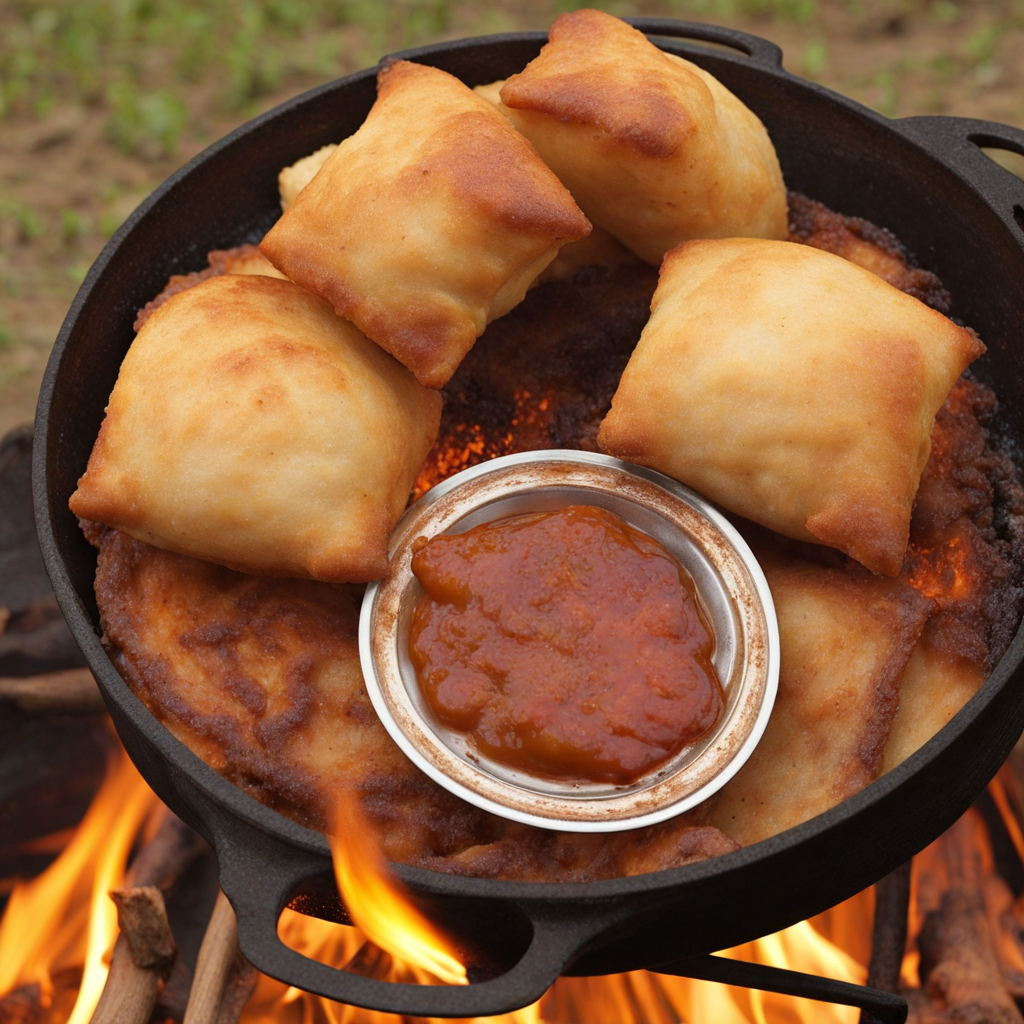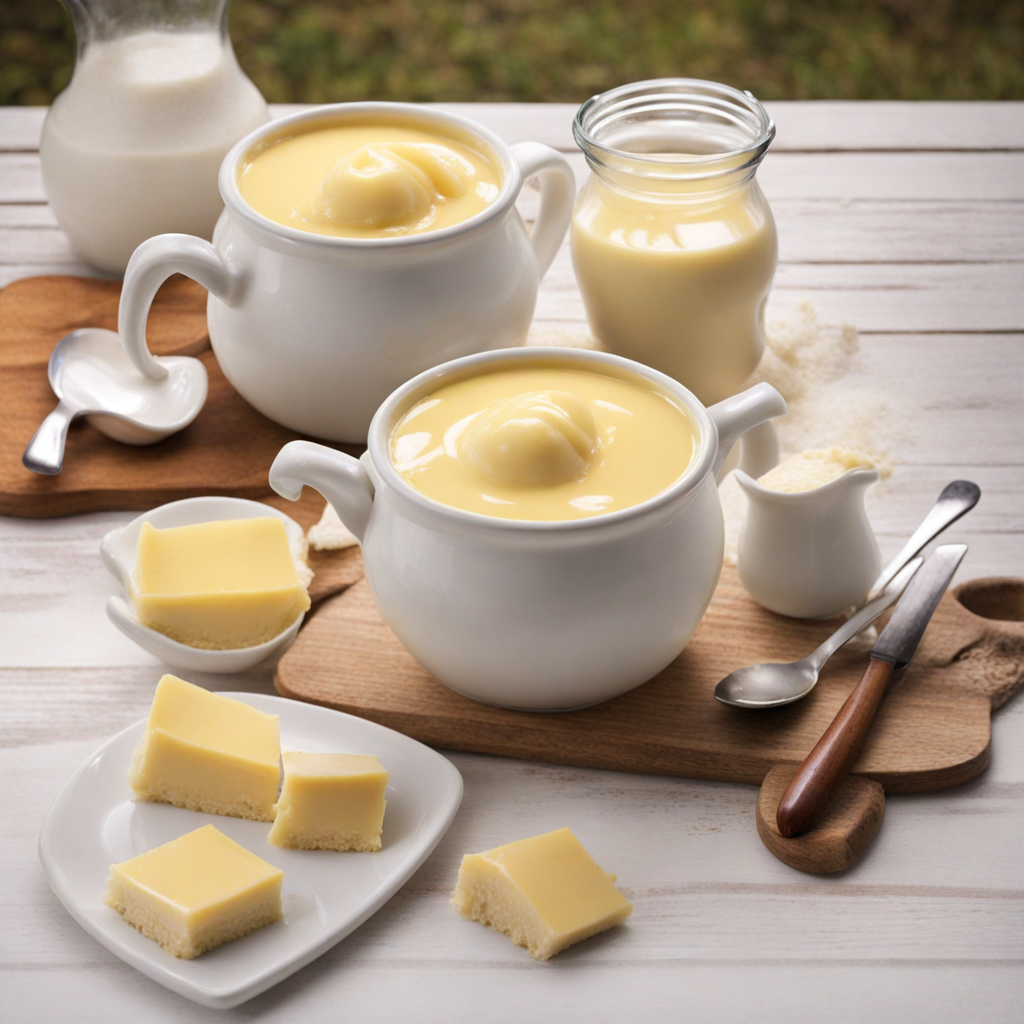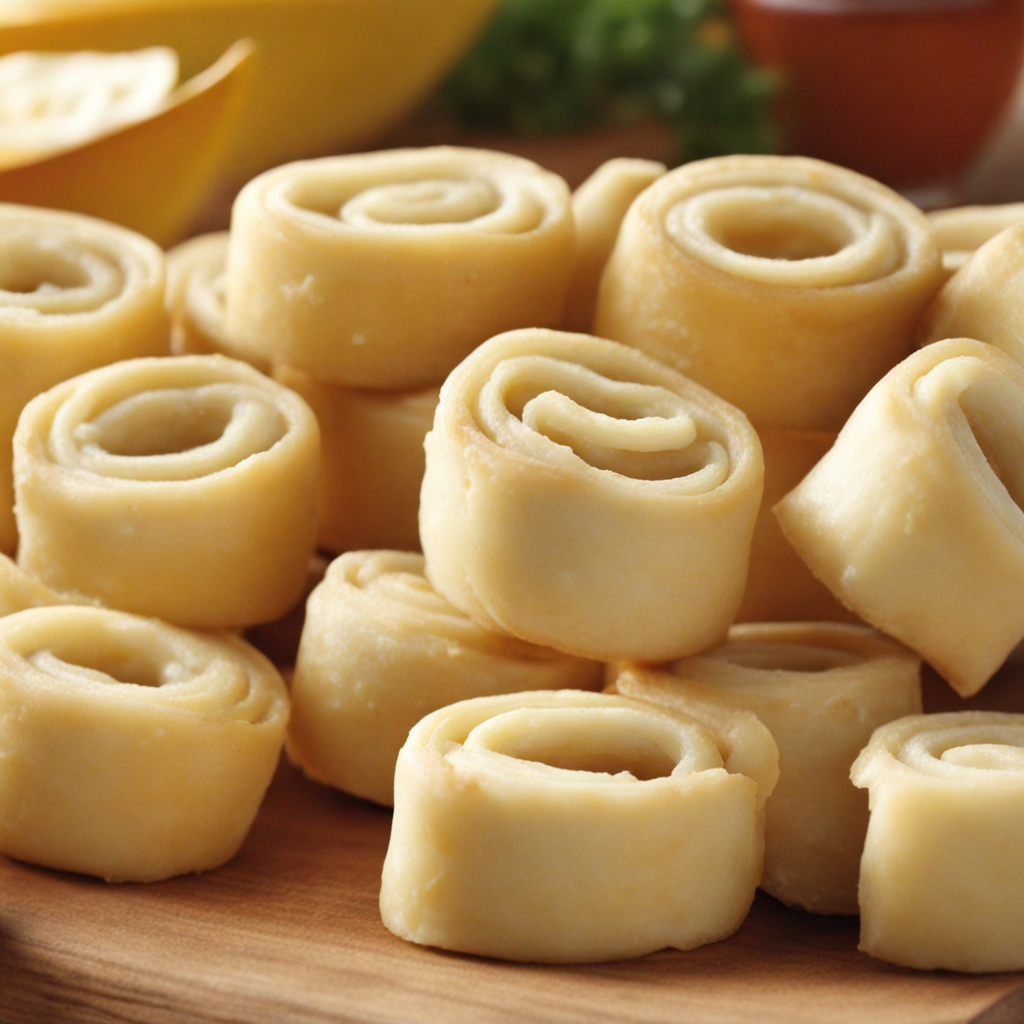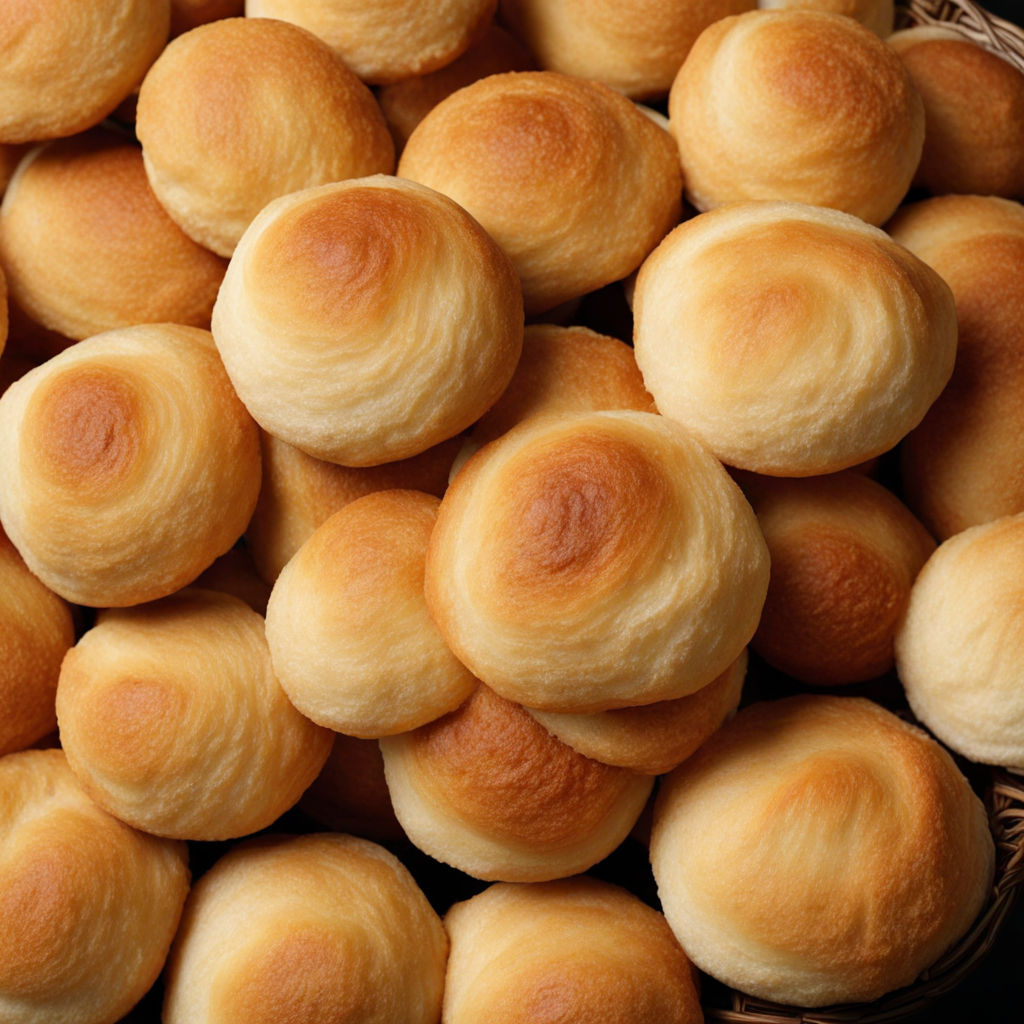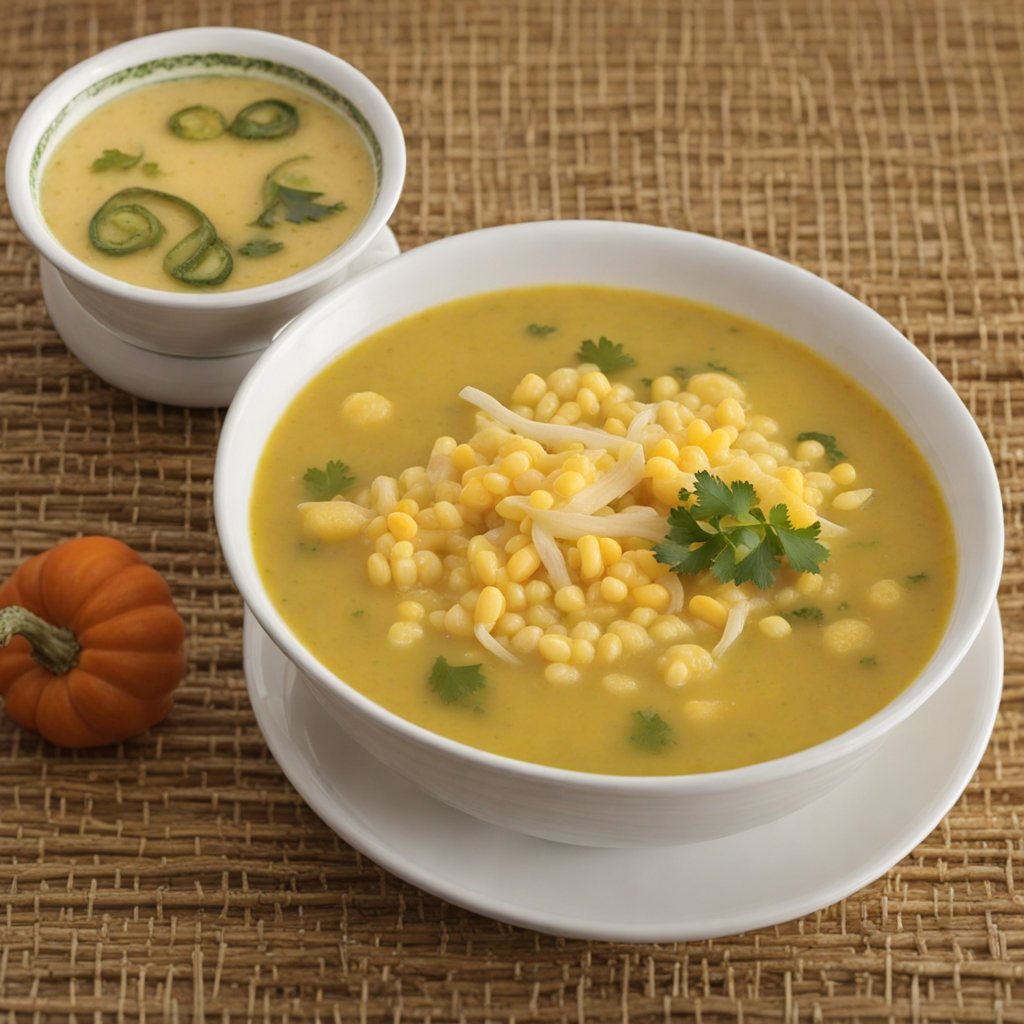Chipa Asador de Campo
Chipa Asador de Campo is a delightful culinary gem from Paraguay that captures the heart and soul of traditional South American grilling. This dish consists of a unique type of cheese bread that is enriched with the flavors of local ingredients, particularly the tangy, creamy cheese known as 'queso paraguayo.' The dough is made from cassava flour, which gives it a distinctive chewy texture that contrasts beautifully with the rich, melted cheese. When cooked over an open flame or in a traditional clay oven, the Chipa develops a golden-brown crust while remaining soft and gooey on the inside, making each bite a satisfying experience. The preparation of Chipa Asador de Campo is often a communal affair, reflecting the strong sense of community in Paraguayan culture. Families and friends gather around to enjoy the process of grilling, sharing stories and laughter while the aroma of baking bread fills the air. The dish is usually seasoned with a touch of salt and sometimes infused with herbs or spices, enhancing its savory profile. The result is a hearty, comforting snack that can be enjoyed any time of day, whether as a breakfast treat or a satisfying addition to a barbecue spread. Pairing Chipa Asador de Campo with a refreshing beverage, such as tereré (a cold herbal tea), elevates the tasting experience even further. The combination of the warm, cheesy bread with the cool, invigorating drink creates a delightful balance of flavors. As you take a bite, the melted cheese oozes out, mingling with the earthy notes of the cassava, creating an unforgettable taste that beautifully represents the culinary traditions of Paraguay. Each mouthful is not just a taste but a journey into the heart of Paraguayan culture, making Chipa Asador de Campo a must-try for any food enthusiast looking to explore new and exciting flavors.
How It Became This Dish
Chipa Asador de Campo: A Journey Through Paraguay’s Culinary Heritage Origins of Chipa Asador de Campo Chipa Asador de Campo, a delightful grilled cheese bread, is emblematic of Paraguay’s rich culinary tapestry, woven together from indigenous, Spanish, and Guarani influences. Its roots can be traced back to the indigenous Guarani people, who cultivated cassava (manioc) long before the arrival of European colonizers in the 16th century. This starchy tuber became a dietary staple in the region and was often ground to make a variety of dishes, including breads. The word "chipa" itself is derived from the Guarani language, where "chipá" means "bread made with manioc flour." This traditional bread is typically made from a base of cassava flour mixed with cheese, eggs, and milk, resulting in a rich, savory flavor profile that is both comforting and satisfying. The introduction of cheese to the recipe can be attributed to the Spanish colonizers, who brought with them dairy farming practices that merged seamlessly with local ingredients. Cultural Significance Chipa Asador de Campo holds a special place in Paraguayan culture, especially during religious festivities and communal gatherings. It is commonly associated with the celebration of Holy Week, during which families gather to prepare and enjoy chipa together. The ritual of making chipa fosters community bonds and reinforces familial ties, as it is often a shared experience that brings people together. In rural areas, the preparation of Chipa Asador de Campo is often a communal affair, where neighbors and family members come together to mix the dough, shape the bread, and grill it over an open flame. This practice reflects the importance of community in Paraguayan culture and highlights the role food plays in social cohesion and identity. Chipa Asador de Campo is not just a dish; it is a symbol of Paraguay’s cultural resilience. In a country known for grappling with issues of identity and heritage, the continued enjoyment and preparation of chipa signify a connection to the past. It embodies a blend of indigenous and Spanish influences, representing the nation’s journey through colonization, independence, and modernization. Development Over Time As Paraguay evolved through the centuries, so too did Chipa Asador de Campo. Initially, it was a simple bread enjoyed by the indigenous population, but with the adoption of European ingredients and techniques, it transformed into a more complex dish. The introduction of cheese, particularly the use of Paraguayan cheese known as "queso Paraguay," which is semi-soft and has a slightly salty flavor, added a new dimension to the traditional recipe. In the 20th century, the industrialization of food production began to influence the way chipa was made. Commercially produced cassava flour and cheese became more accessible, leading to variations in the recipe. However, traditional methods of preparation still persist, especially in rural communities where families continue to make chipa in the time-honored way, often using recipes passed down through generations. The rise of tourism in Paraguay has also contributed to the popularity of Chipa Asador de Campo. As visitors flock to the country to experience its rich culture and natural beauty, they are often introduced to local cuisine, with chipa being a staple offering. Street vendors, restaurants, and local markets proudly feature this dish, making it accessible to a broader audience. In recent years, chefs and culinary enthusiasts have sought to innovate traditional recipes, incorporating modern culinary techniques while still respecting the essence of the dish. Some have experimented with different types of cheese, herbs, and spices, adding unique twists that reflect contemporary palates while still maintaining a connection to the traditional flavors. Chipa Asador de Campo Today Today, Chipa Asador de Campo is celebrated not only as a beloved local snack but also as a culinary emblem of Paraguayan identity. It is commonly found at breakfast tables, as an accompaniment to mate (a traditional herbal tea), or as a snack throughout the day. The versatility of chipa makes it suitable for various occasions, from casual family gatherings to festive celebrations. The dish has garnered attention beyond Paraguay’s borders, with expatriate communities and food enthusiasts around the world embracing its flavors. Recipes for Chipa Asador de Campo can now be found in international cookbooks, food blogs, and culinary workshops, showcasing the dish’s ability to transcend its geographical origins. Moreover, social media has played a crucial role in popularizing Chipa Asador de Campo among younger generations. Platforms such as Instagram and TikTok have become spaces for food enthusiasts to share their chipa-making experiences, exploring different interpretations and showcasing the communal aspect of its preparation. This digital engagement has helped rejuvenate interest in traditional Paraguayan foods, ensuring that recipes are not only preserved but also adapted for future generations. Conclusion In conclusion, Chipa Asador de Campo is more than just a grilled cheese bread; it is a testament to Paraguay’s rich cultural heritage and history. Rooted in indigenous traditions and shaped by Spanish influences, this dish embodies the resilience and unity of the Paraguayan people. Its journey through time reflects the evolution of a nation, highlighting the importance of food as a means of preserving identity and fostering community. As Paraguay continues to grow and change, Chipa Asador de Campo remains a beloved staple, bridging the gap between past and present. It stands as a delicious reminder of the country’s culinary legacy, inviting everyone to partake in a shared experience that transcends borders and generations. Whether enjoyed at a festive gathering or savored as a daily snack, Chipa Asador de Campo is a true delight that encapsulates the heart and soul of Paraguayan cuisine.
You may like
Discover local flavors from Paraguay



